San Cassiano is an Italian village that got its name after a saint. In this article, you will learn everything about his life and the place that carries his name.
Why do Italians say San Cassiano?
1. The lovely village of San Cassiano
San Cassiano is a small village at the foot of the Dolomite peaks in Alta Badia. It is an important ski resort and a favorite holiday destination at any time of the year. The village is located in Trentino-Alto Adige, region of northern Italy.
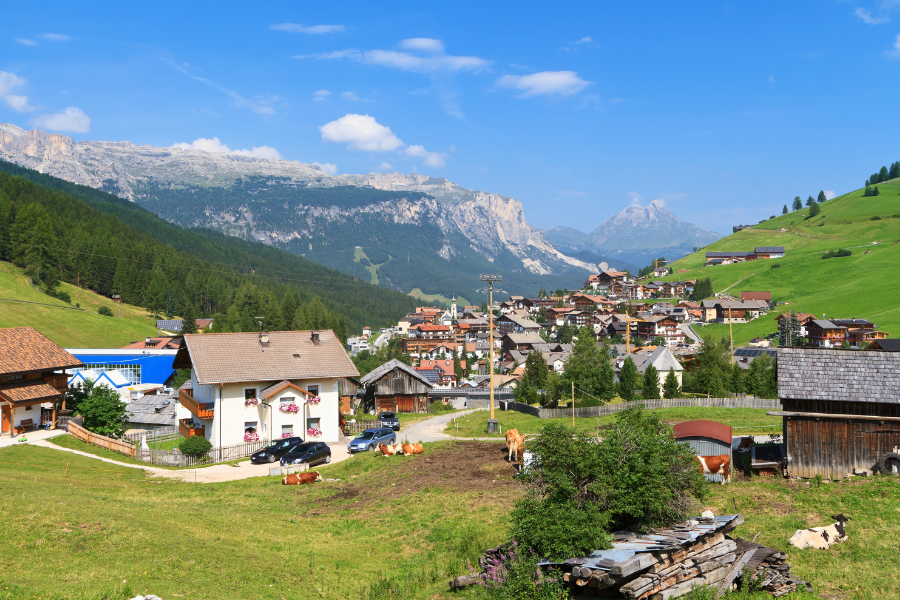
The place has less than 1000 inhabitants. Before it was inhabited, it served as a pasture for herds of cattle.
Herd is called armenc in Ladin, which corresponds to the Italian word of the same name armento. The name Armentarola, which is part of the municipality of Badia, near San Cassiano, comes from it.
2. Interesting language
If you decide to visit San Cassiano, you will hear the locals speak a language different from Italian. This is because the language spoken in San Cassiano is Ladin.
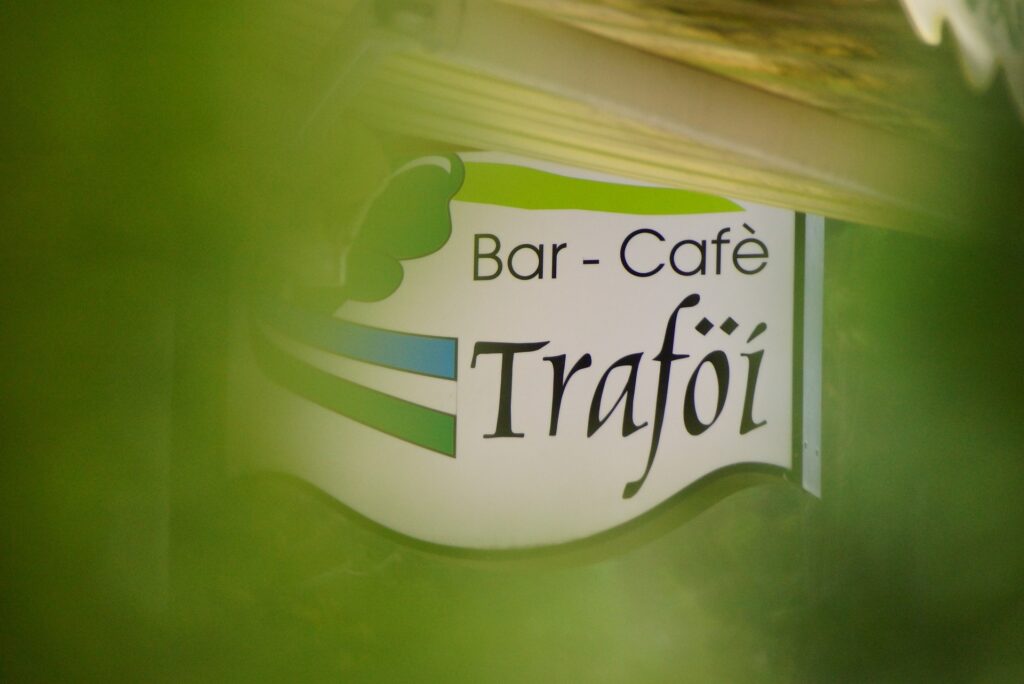
The Ladin language is a Romance language and one of the smallest languages in Europe in terms of the number of speakers. It is mainly spoken in northeastern Italy in the Dolomite mountain region.
The names of the settlements in San Cassiano, which consisted of individual and rural farms, were first mentioned in the Ladin language at the end of the 13th century. The very name of the village in Ladin is San Ćiascian.
3. The prehistoric cave bear from San Cassiano
The mountainous world of San Cassiano is interesting also from a historical point of view due to a museum in the center of the village. The name of the museum is Ladin Ursus ladinicus.

The cave at the foot of Mount Conturines is the highest cave in the world where the bones of bears and lions that lived there were found. Their fossils are on display in the museum.
According to expert estimates, the bones date from 40,000 to 60,000 years ago, while others deem them to be even 90,000 years old! Based on this, experts think that the Iron Age may have lasted until a more recent period than previously considered.
In fact, the bear found in that area and named Ursus ladinicus (Ladin bear) inspired the name of the museum.
Besides the museum itself, it is interesting also a guided tour of the well-preserved Grotta dell’Orso (Bear Cave). The cave is rich in information about the former climate and the adaptation of the cave bears to life on a high mountain.
4. Patron saint
The place got its current name from the patron saint San Cassiano (Saint Cassian), to whom the local church is dedicated. He is also considered the patron saint of writers and professors.
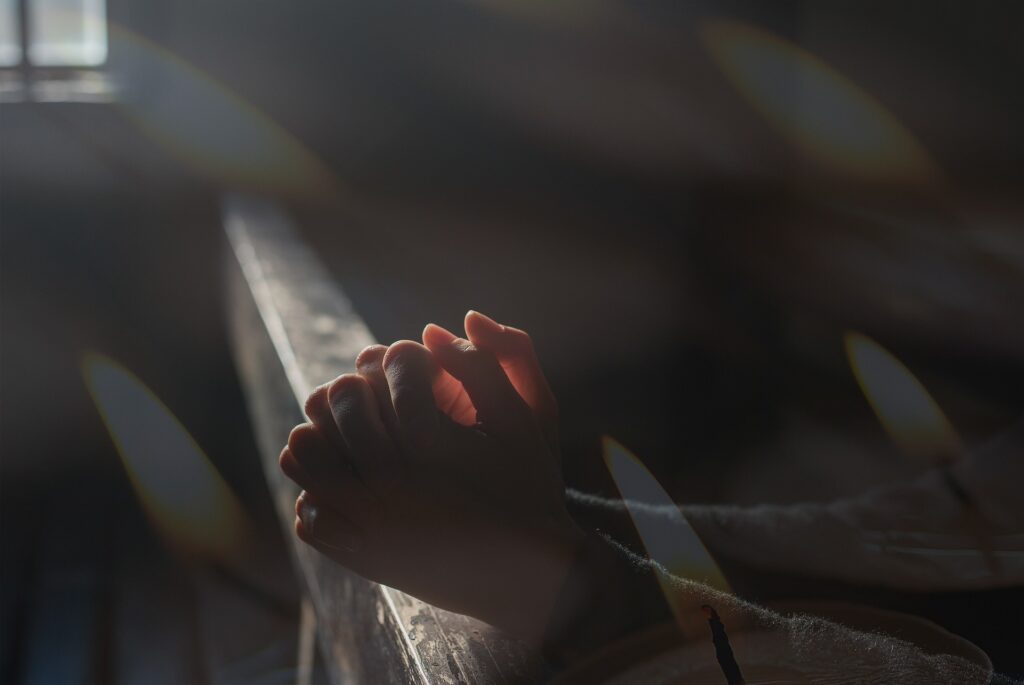
San Cassiano was a Christian martyr, whom the Catholic Church revered as a saint. He lived in today’s Imola (Emilia-Romagna), where he taught grammar and literature and passed on the Christian faith to his students.
Part of the citizens reported San Cassiano to the prefect as “the author of the new religion”. When the emperor Diocletian ordered a violent persecution of Christians, Cassiano was arrested and questioned. After his trial, he was ordered to renounce his beliefs and make a sacrifice to the gods of the Roman religion. He refused and was sentenced to death.
The judge ordered Cassiano’s disciples, as a punishment for listening to him, to carry out the sentence by beating him to death with iron daggers used to inscribe letters on clay tablets. Some threw plates and spears at Cassiano, some wounded or cut him with knives, others impaled him with needles or carved letters into living flesh. Cassiano encouraged them to continue, wanting to die for Christ.
After he died, the Christians buried him in Imola.
5. The relics of San Cassiano (Saint Cassian)
For centuries, the story of the martyrdom of San Cassiano (Saint Cassian) was believed to be a popular tradition of dubious reliability, and it is still unconfirmed.
However, some studies of relics attributed to the saint have confirmed the dating of the bone found. They showed that the holes in the front of the skull were compatible with the dimensions of the stylus that the disciples used at the time to carve wax tablets.

The main relics of the saint are the hand and the pillar on which he suffered martyrdom. The pillar has traces of what is believed to be the saint’s blood. A few meters from the place where the relics were found, was the praetorium where Cassiano was killed.
In the 12th century, Cassiano’s relics returned to the city and were placed in the consecrated crypt of the cathedral in Imola, where they are still today.
6. San Cassiano’s cult
The site of Cassian’s martyrdom has been a pilgrimage destination since ancient times.
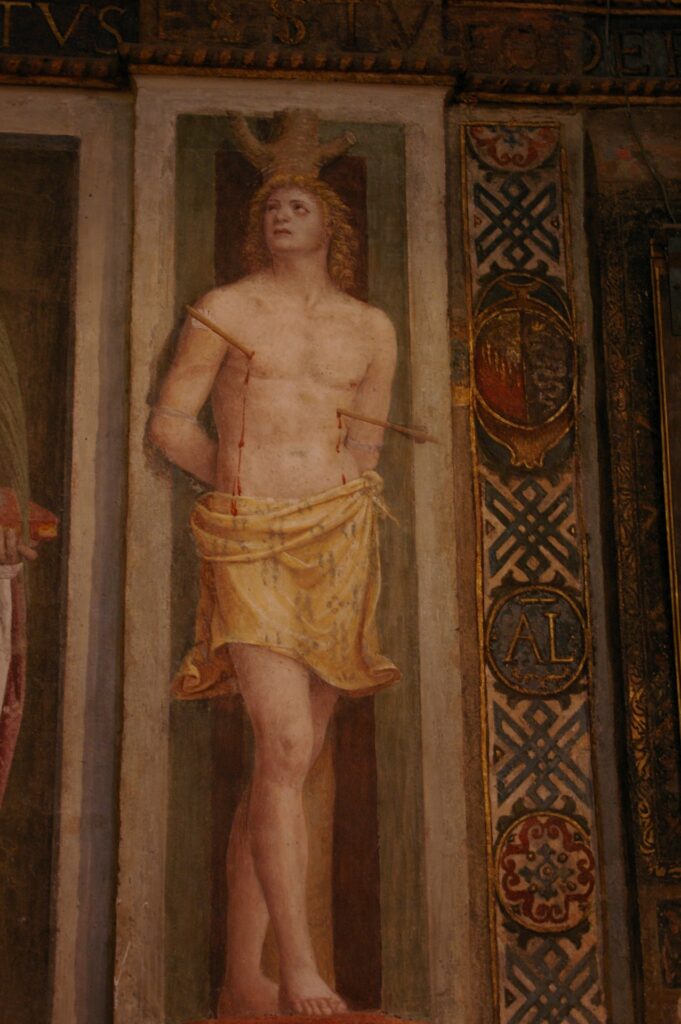
The oldest information about Cassian comes from Prudentius, a writer and the greatest Christian Latin poet of antiquity, in the first years of the fifth century. On his way to Rome, Prudentius stopped at the Forum Cornelia (in Imola) and paid homage to San Cassiano’s remains. They were kept in a sarcophagus above which some episodes of San Cassiano’s martyrdom were depicted.
Prudentius is the one who transmitted the previously described version of martyrdom. However, it is not considered reliable, so the actual details have not been confirmed.
Despite that, the cult spread to Milan and Tyrol. In Alpine Italy the cult of San Cassiano, once established, has survived to this day.
The church designated August 13 as San Cassiano’s memorial day. On that day in the 16th century, the custom arose to carry the reliquary of San Cassiano in a procession from the cathedral to the church near the place where the saint died. In the 20th century, the bishop of the time abolished this tradition.
The Calendar of San Cassiano has been issued since the 18th century. It collects historical data, recipes, songs, and information about the territory, to promote the veneration of San Cassiano.
This article was about San Cassiano, a village in Alta Badia named after the saint from whom it got its name.
Our recommendations

Is it possible to overcome sadness, anger, and boredom? Is it possible to experience lasting peace? This book tries to answer these, and many other questions, drawing on the writings of one of the most important founders of monasticism: Saint Cassian.
Buy here (Italian version)

Great insulated shell jackets for winter outdoor activities, such as skiing, skating, snowboarding, mountain/rock climbing, camping, hiking, or other outdoor adventures. Keep your body always dry and comfortable when you are outside!
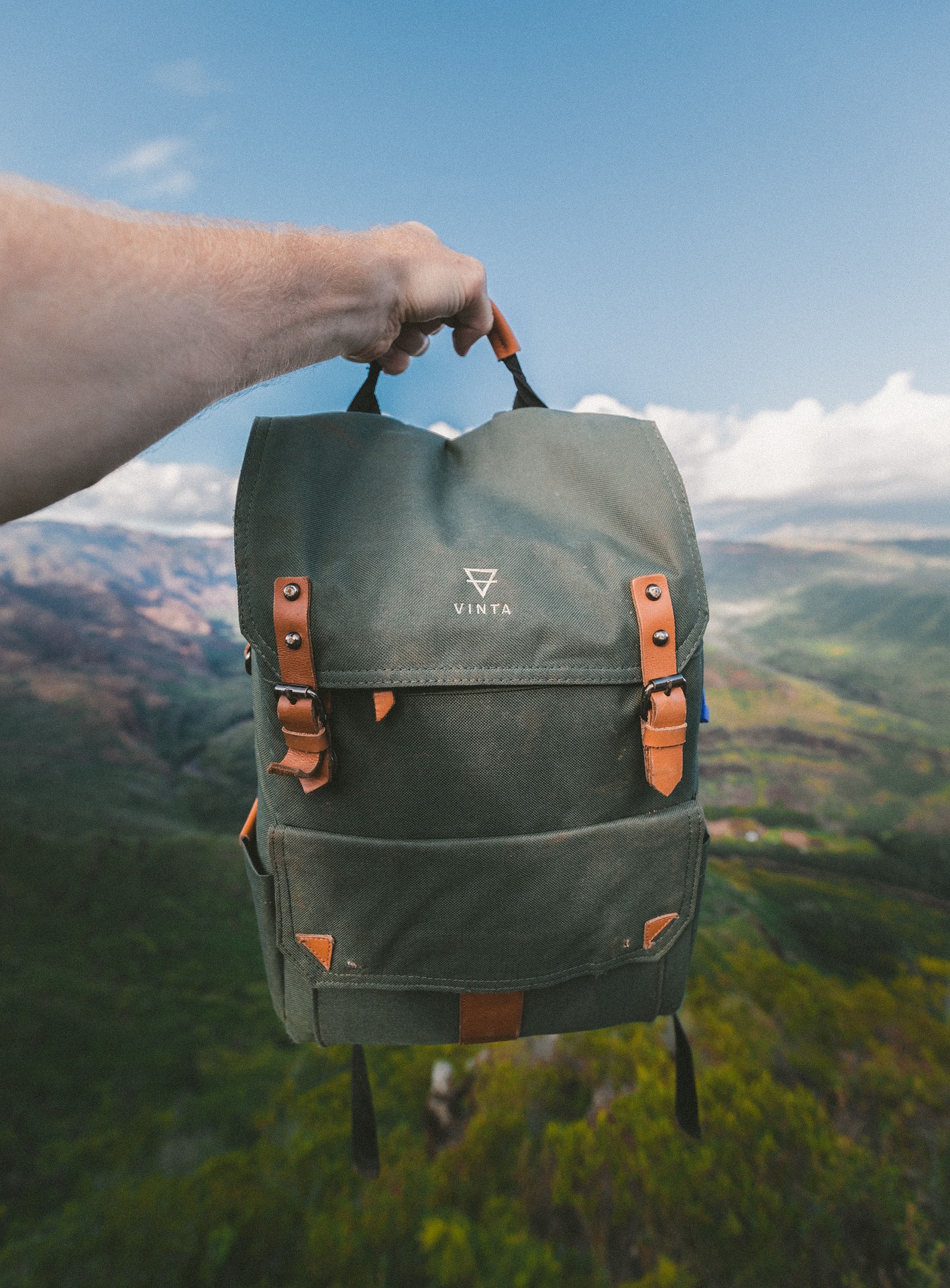
This backpack is the perfect size for your boots, helmet, gloves, socks, and gear. You will appreciate two nice small pockets to hold your travel essentials. Overall, the bag has a great design and functionality!

These goggles look great, will fit around your glasses well, and won’t fog up. You will be satisfied with their comfort, quality, and functionality!


